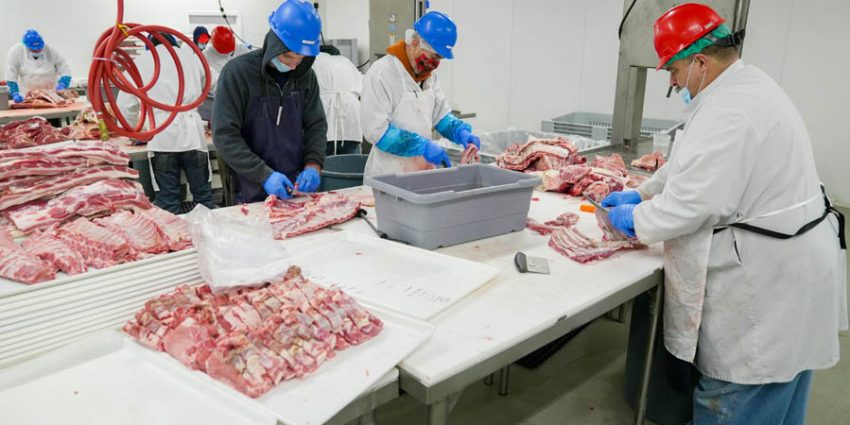While large-scale meat processing factories rely heavily on machinery and automation to keep up with demand, there are still distinct advantages to incorporating artisan techniques into the production process. These techniques, often associated with smaller operations, can bring about quality improvements, greater precision, and unique products that differentiate your business in the marketplace.
Refining Meat Cuts with Handwork Precision
In large factories, machines often handle the bulk of meat cutting, but integrating handwork into specific stages of production can result in more precise and consistent cuts. Skilled butchers, applying artisan techniques, can ensure that the cuts maintain optimal fat content and muscle distribution, enhancing the texture and flavor.
- Machines may overlook nuances, such as slight variations in muscle structure that can affect the quality of the cut.
- Incorporating handwork allows the ability to adjust cuts based on specific customer needs or premium offerings.
Incorporating Traditional Curing and Smoking Methods
While modern processing methods can produce products quickly, traditional curing and smoking techniques add depth and complexity to flavor. By applying these methods on a larger scale, factories can diversify their product lines and offer premium meats that stand out in taste and texture.
Extended curing times allow flavors to develop fully, providing a richer taste compared to fast-processing methods. The use of wood-fired smoking or other natural methods imparts an authentic flavor that machines cannot replicate.
Factories that integrate these artisan techniques can create products with a distinctive taste profile that caters to a growing demand for authentic, gourmet options.
Customization of Meat Products
One of the key advantages of artisan techniques is their ability to offer custom cuts or specialty products. In a factory setting, this could involve the creation of unique sausages, charcuterie, or even custom-cut steaks tailored to market trends or customer preferences.
- Specialty products:
From handcrafted sausages to unique dry-aged cuts, offering variety can set a business apart in a competitive market.
- Targeted production:
Factories can use artisan methods for smaller, limited-edition runs, creating high-end products alongside their regular offerings.
Conclusion
The marriage of artisan techniques with factory-scale meat processing can bring about a wave of benefits, from improved quality and precision to unique product offerings and better customer satisfaction.
By strategically integrating hand-cutting, curing, smoking, and customization, meat processing factories can enhance their products, stand out in the marketplace, and meet the growing demand for premium, crafted meats. The beauty lies in balancing tradition and technology, creating a final product that reflects the best of both worlds.

